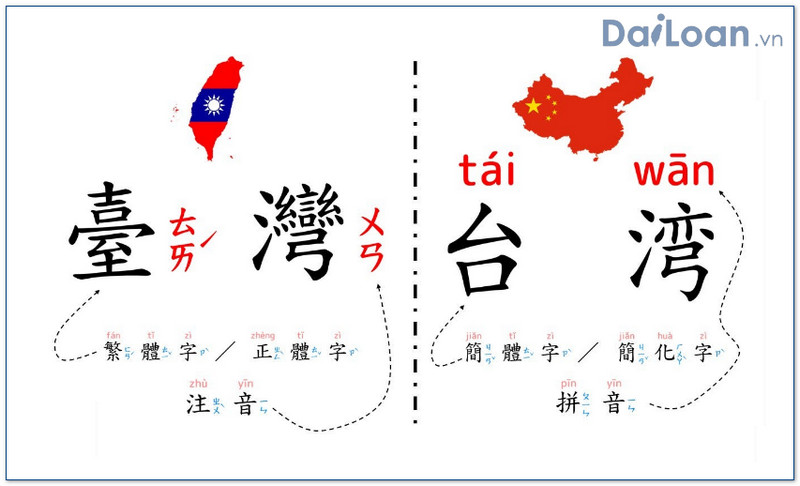The Chinese term 挽留 (wǎn liú) carries significant emotional depth and meaning. For those learning the language, comprehending such terms can enhance communication and cultural insight. In this article, we will break down the meaning of 挽留, its grammatical structure, and provide example sentences to illustrate its use in everyday conversations.
What Does 挽留 (wǎn liú) Mean?
The word 挽留 (wǎn liú) translates to “to retain” or “to keep someone from leaving.” It expresses a desire to persuade or convince someone not to depart, often in emotional or significant contexts such as relationships or farewells. This term can be used in various situations, from personal relationships to social occurrences.
Grammatical Structure of 挽留
To analyze the grammatical structure of 挽留, we can break it down into its components:
Components Breakdown
- 挽 (wǎn)
 – This character means “to pull” or “to hold back.”
– This character means “to pull” or “to hold back.” - 留 (liú) – This character means “to stay” or “to remain.”
When combined, these characters convey the action of pulling someone back to stay or retain them. It’s a transitive verb, which means it requires an object, typically referring to the person being persuaded to stay.
Example Sentences Using 挽留
1. Emotional Context
在她离开的那一刻,他试图挽留她,告诉她他的感受。
Translation: At the moment she was leaving, he tried to retain her, telling her his feelings.
2. Social Situations
朋友们都希望能挽留他在聚会上多待一会。
Translation: The friends all hoped to keep him at the party a little longer.
3. Familial Relationships
在家庭聚会前,她想挽留 家人们一起庆祝。
家人们一起庆祝。
Translation: Before the family gathering, she wanted to persuade the family to celebrate together.
4. Romantic Context
他不想让女友离开,于是努力去挽留她。
Translation: He didn’t want his girlfriend to leave, so he worked hard to keep her.
Conclusion
In conclusion, mastering the term 挽留 opens up a rich avenue for deeper expression in interpersonal relationships within the Chinese language. Understanding its meaning and grammatical structure enhances communication skills and cultural comprehension. Through various example sentences, you can see how挽留 operates in different contexts, making it a vital term to utilize in emotional or persuasive conversations.
We hope this exploration of 挽留 has enriched your understanding of Chinese language nuances. Happy learning!

Sứ mệnh của Chuyên là giúp đỡ và truyền cảm hứng cho các bạn trẻ Việt Nam sang Đài Loan học tập, sinh sống và làm việc. Là cầu nối để lan tỏa giá trị tinh hoa nguồn nhân lực Việt Nam đến với Đài Loan và trên toàn cầu.
CÓ THỂ BẠN QUAN TÂM
Du học Đài Loan
Lao Động Đài Loan
Việc Làm Đài Loan
Đơn Hàng Đài Loan
Visa Đài Loan
Du Lịch Đài Loan
Tiếng Đài Loan
KẾT NỐI VỚI CHUYÊN
Zalo: https://zalo.me/0936126566
Website: www.dailoan.vn




